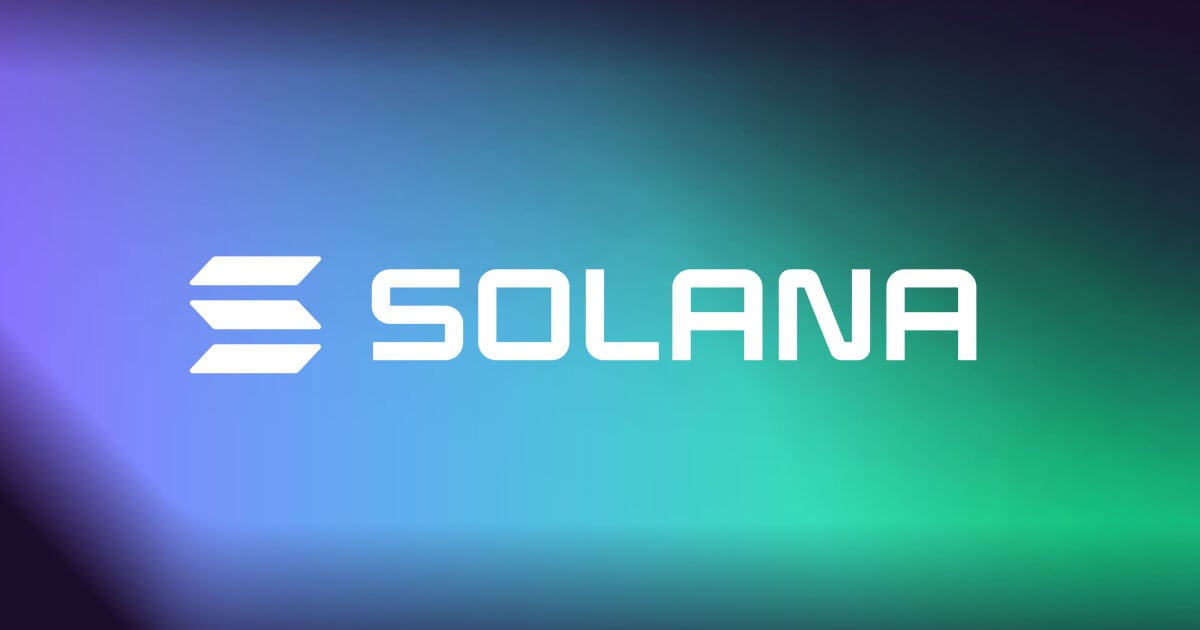Solana smart contracts are a fundamental part of the network ecosystem. Designed with scalability in mind, this high-performance program is used across on-chain dApps and projects across the Solana ecosystem, including your favorite DeFi and NFT protocols.
However, smart contracts are not a revolutionary feature in the cryptocurrency market, where dozens of layer 1 blockchains all offer this service. However, Solana has emerged as one of the leading platforms for blockchain development.
This begs the question: What makes the Solana Network such a popular development environment?
What are Solana smart contracts?
Solana smart contracts are programs written and stored on the Solana blockchain that run automatically whenever certain conditions are met. Supports on-chain activities such as token exchanges and automated transfers.
Because smart contracts execute automatically, they provide an efficient means of eliminating intermediaries and ensuring that the terms of a contract between two parties are adhered to.
Of course, smart contracts are not exclusive to Solana. Most layer 1 blockchain networks, including Ethereum (ETH) and Cardano (ADA), support smart contract development.
However, Solana smart contracts are more efficient than their competitors thanks to the faster speed and lower transaction fees of the blockchain platform. Solana’s unique hybrid consensus mechanism combines Proof of Stake (PoS) and Proof of History (PoH) models to maximize efficiency.
What are Solana smart contracts used for?
Now that you have a better understanding of what Solana smart contracts are, let’s look at some common use cases.

The most widespread and common use of smart contracts on the Solana network is DeFi. Decentralized finance is a movement that aims to provide everyone on the planet with uninterrupted access to financial services while protecting their privacy.
DeFi applications such as decentralized exchanges and lending marketplaces are common on Solana, making it easier than ever to manage digital assets on-chain. This also extends to the network’s thriving NFT scene, with collectors using smart contracts to trade their favorite pieces.
But this only scratches the surface. Solana smart contracts power dozens of cryptocurrency gaming projects on the network. It is also responsible for handling the growing number of DePin and RWA platforms on the blockchain. For example, Parcl is a creative application that allows users to trade indexed real estate markets across the world.
Basically, smart contracts can simplify and streamline all processes involved in verifying agreements between multiple parties. For this reason, blockchain technology is expected to revolutionize dozens of industries around the world, including supply chain and logistics, healthcare, and education.
Practical information on Solana smart contract development
If you’re new to the ecosystem or connected to a competing chain, there are some basics you need to know.
First of all, Solana’s main programming language is Rust. While Ethereum and most other EVM-compatible networks primarily rely on Solidity, the Rust programming language is believed to be better designed to operate at scale and compile quickly and efficiently.
Before developing Solana smart contracts, developers should become familiar with the broader Solana development environment. This includes downloading essential developer tools such as Solana Command Line Interface (CLI), Solana Software Development Kit (SDK), and related frameworks such as Anchor.
If any of these terms seem confusing or intimidating, fear not! We’ve included a brief glossary at the bottom of this page to simplify some of the more complex topics.
We also recommend using Solana devnet during development. This sandbox environment allows you to test your smart contract code, API, and all associated program logic before deploying directly to the Solana mainnet.
Is the Solana blockchain popular among developers?
As one of the leading layer 1 blockchains in the cryptocurrency industry, it is no surprise that Solana enjoys a high level of developer activity.
To help with this, Solana Labs has provided comprehensive documentation to help budding developers successfully launch their businesses. Additionally, the Solana Foundation offers generous grants and funding to emerging startups to provide them with the resources they need to turn innovative ideas into real-world realities.
Looking closely at developer activity on chain, the evidence is somewhat inconsistent. For example, Artemis data shows that Solana uses more overall repositories than every other chain except Ethereum, but has fewer weekly commits than Ethereum Layer 2.


Likewise, Electric Capital’s developer report shows that while Solana has more developers than competitors like Avalanche and Cardano, it still lags far behind top EVM chains like Polygon and Arbitrum.
Why Solana?
Solana still has a lot of work to do to catch up with Ethereum’s leader, but the network still offers a great experience, making it popular among users and developers.
Solana’s fast speeds, impressive throughput, and low gas fees mean it is perfectly positioned to support mass adoption. The network is completely open source, and despite initial difficulties, the level of decentralization and security has improved.
The number of validator nodes on the network continues to grow, and exciting developments such as the Firedancer validator client promise to take Solana to even higher levels of scalability.
Glossary of Key Terms
Blockchain technology is not for the faint of heart. Complex terminology is often used carelessly, making it difficult for beginners to understand exactly what is being discussed.
- consensus mechanism – Algorithms and models that blockchain uses to ensure transactions are valid and secure. This mechanism also creates new blocks.
- smart contract – A self-executing program that runs automatically when certain conditions are met.
- command line interface – CLI is a text-based environment for running programs, managing files, and interacting directly with your computer.
- transaction throughput – Transaction throughput, usually measured in transactions per second, is the most common way to measure blockchain speed and scalability.
- compiler – A compiler is a tool that converts human-readable source code into computer-readable machine code.
- programming language – Just as humans use languages such as English, French, and Japanese, software developers write code in a variety of programming languages. Each language provides different utilities and has distinct advantages and disadvantages.
- software development kit – An SDK is a prescribed set of tools used to create and manage software for a specific platform.
On the flip side
- Solana smart contracts are not very unique in themselves and generally provide similar utilities to those found on other layer 1 blockchains such as Ethereum or Cardano.
Why This Matters
Solana is one of the most popular and high-performing blockchains in the cryptocurrency industry. Understanding the use cases and limitations of your infrastructure and use cases will help you make informed decisions in the cryptocurrency market.
Frequently Asked Questions
The Solana Network supported smart contract functionality at launch in March 2020.
No, smart contracts on the Solana blockchain are primarily written in Rust.
Ethereum, the first Layer One blockchain, boasts more smart contracts than any other network.

